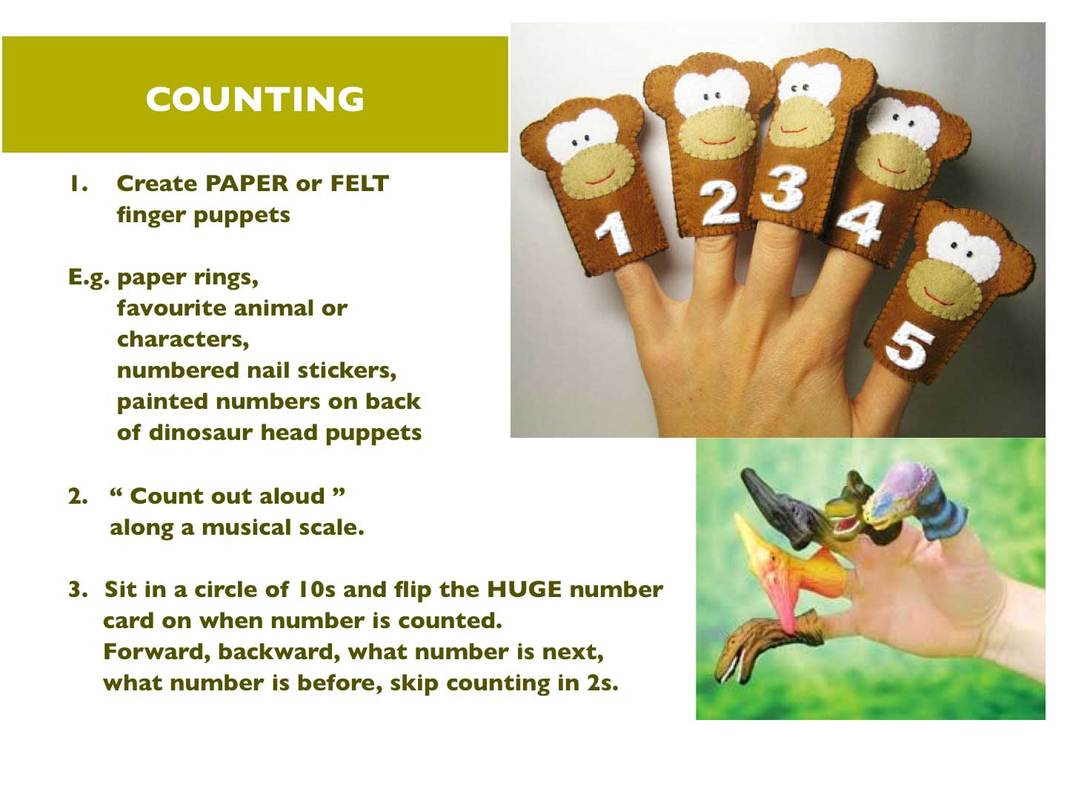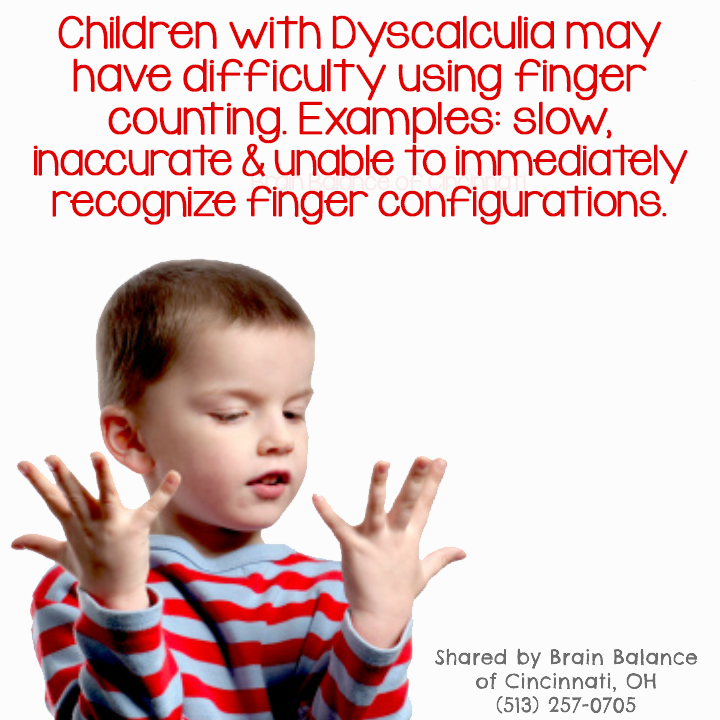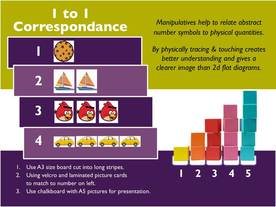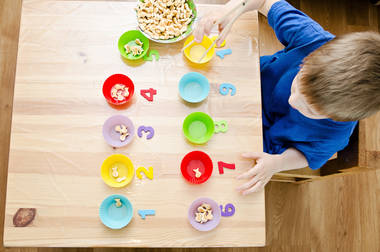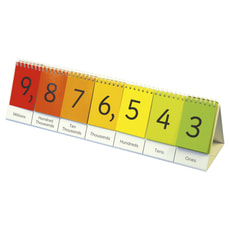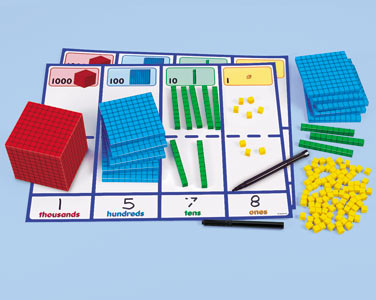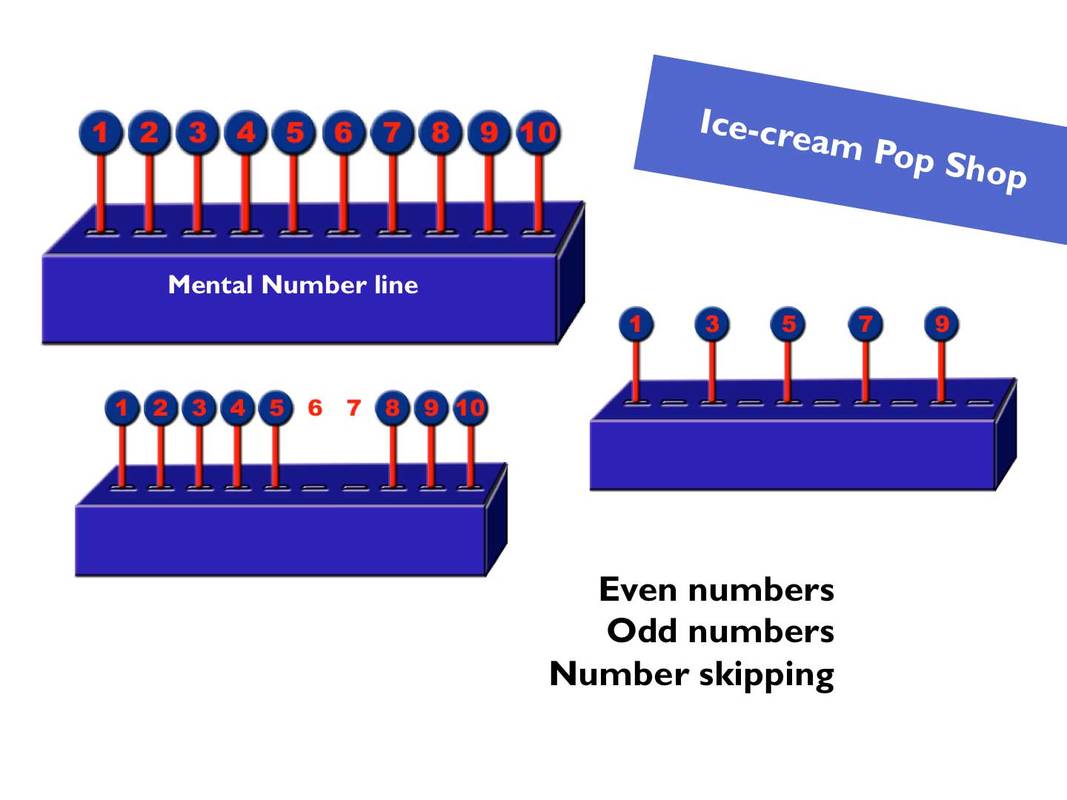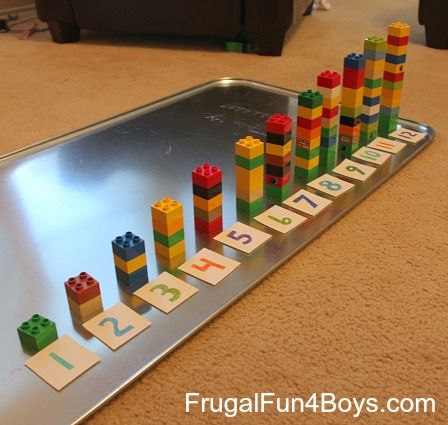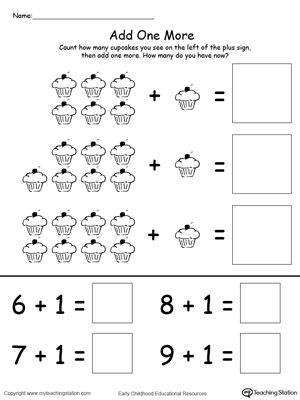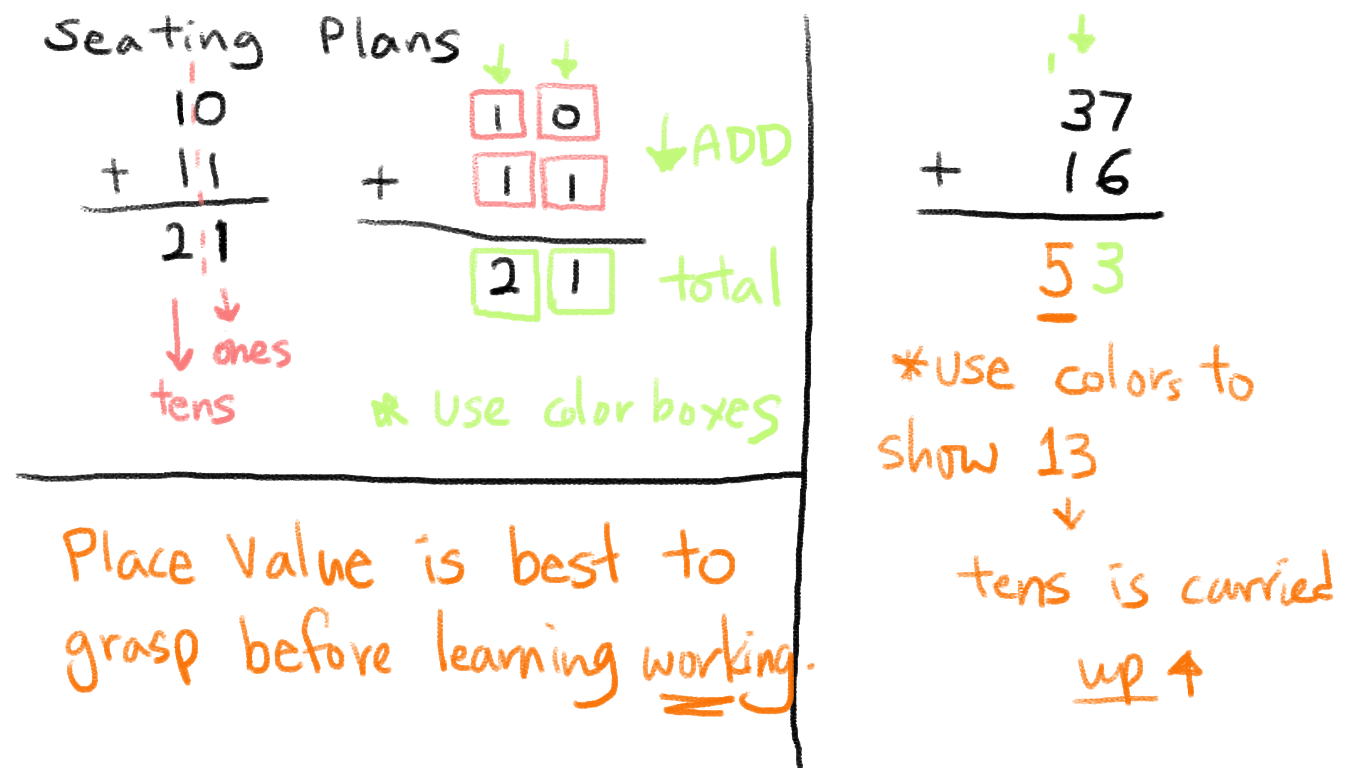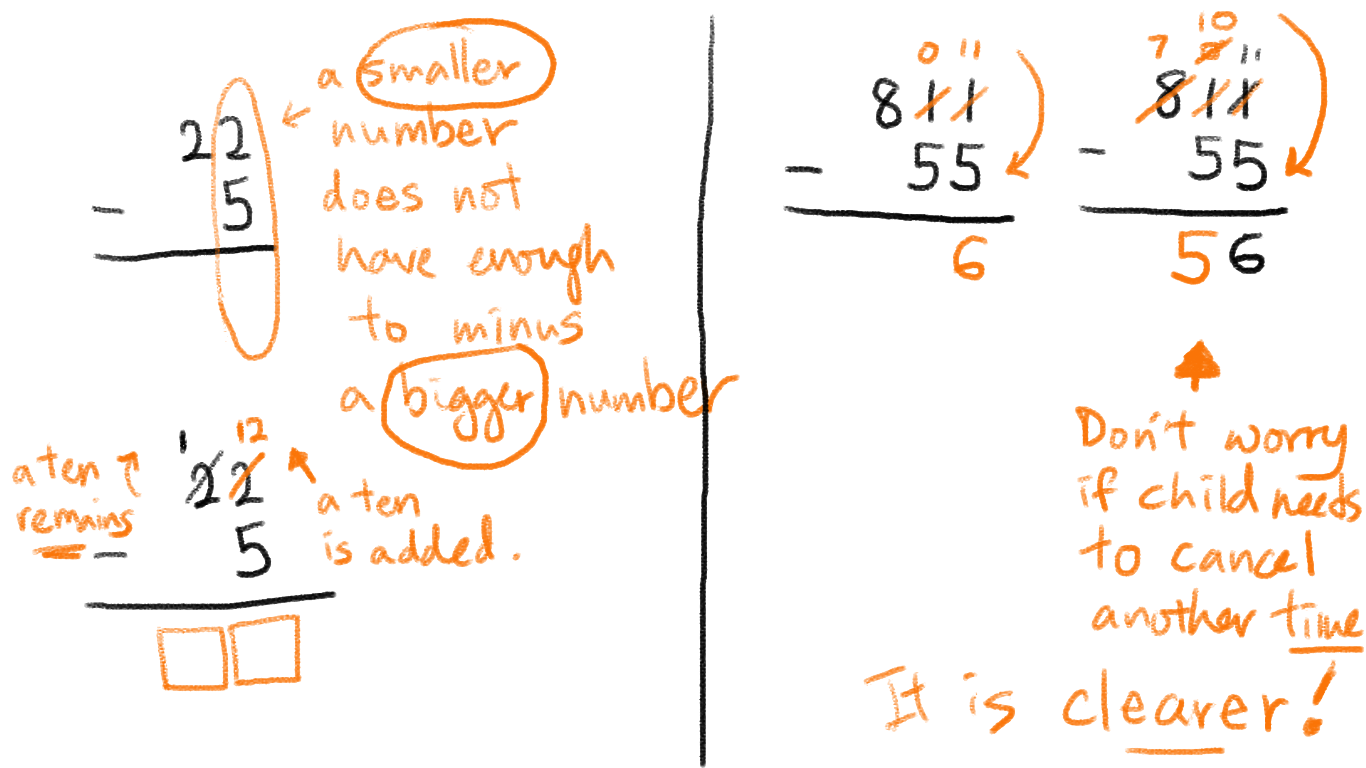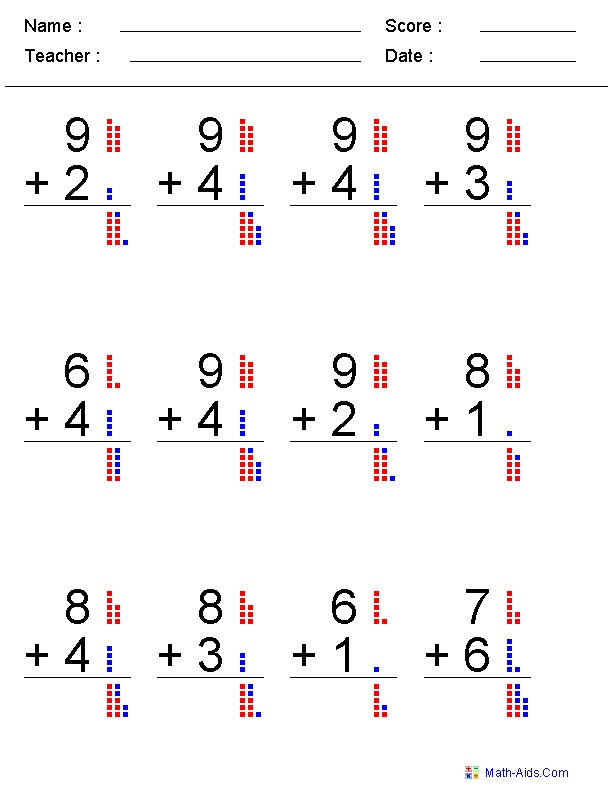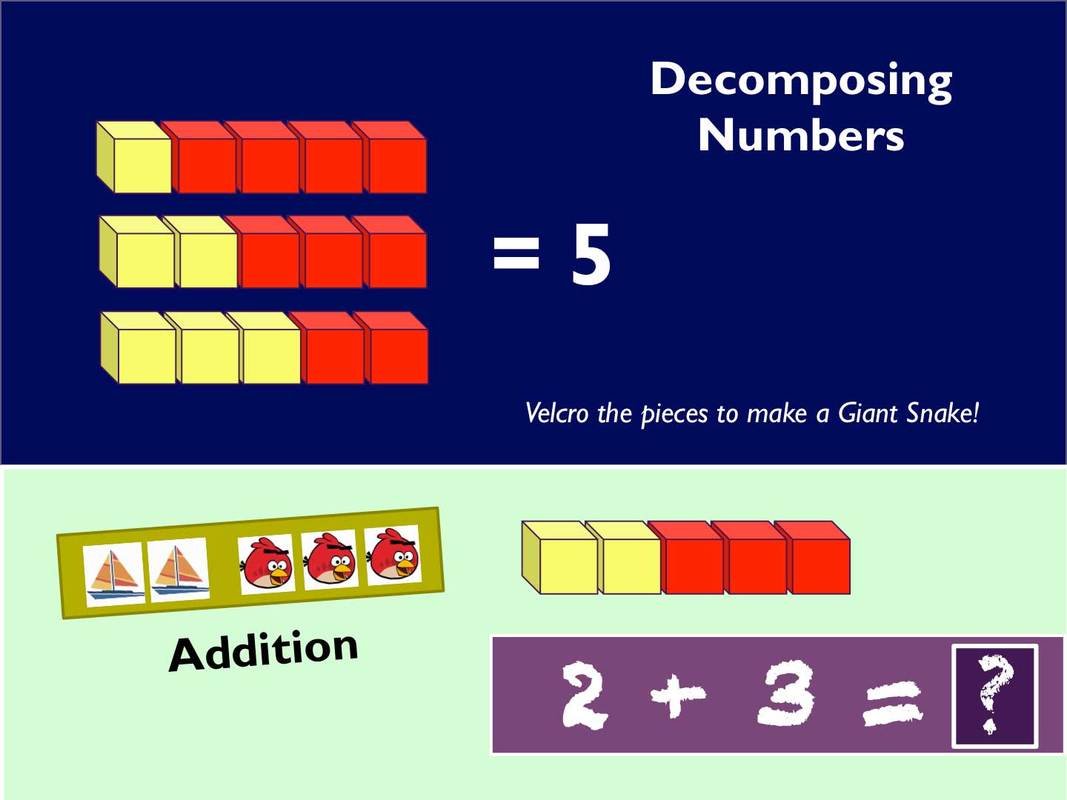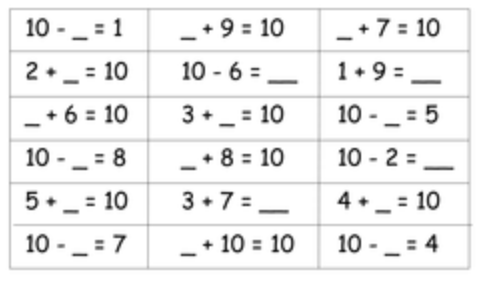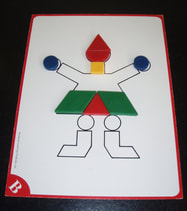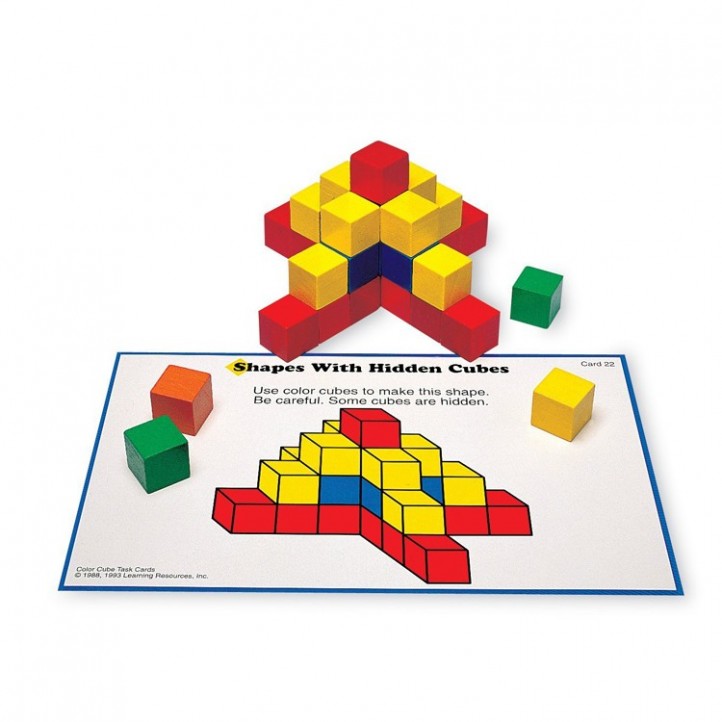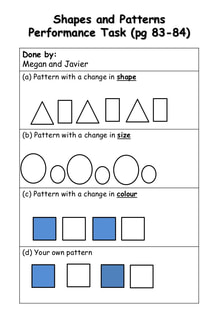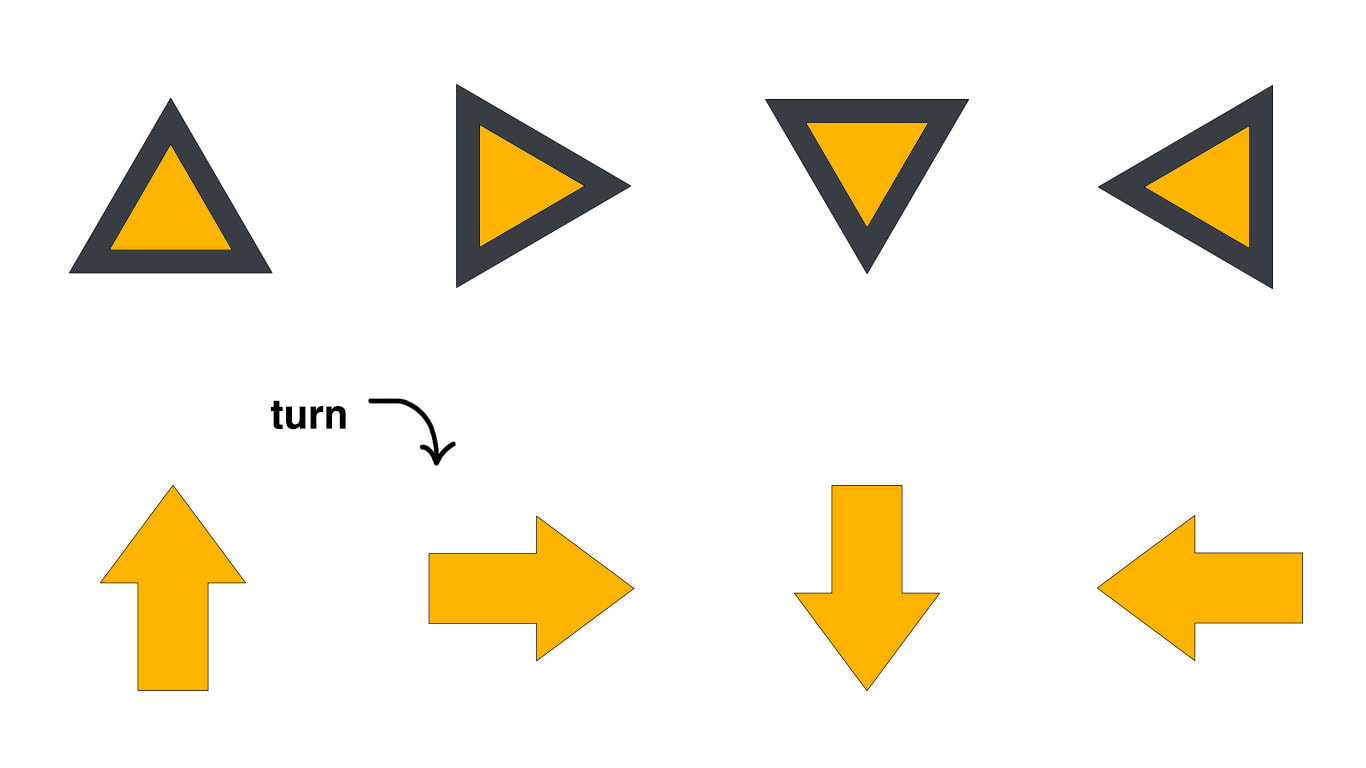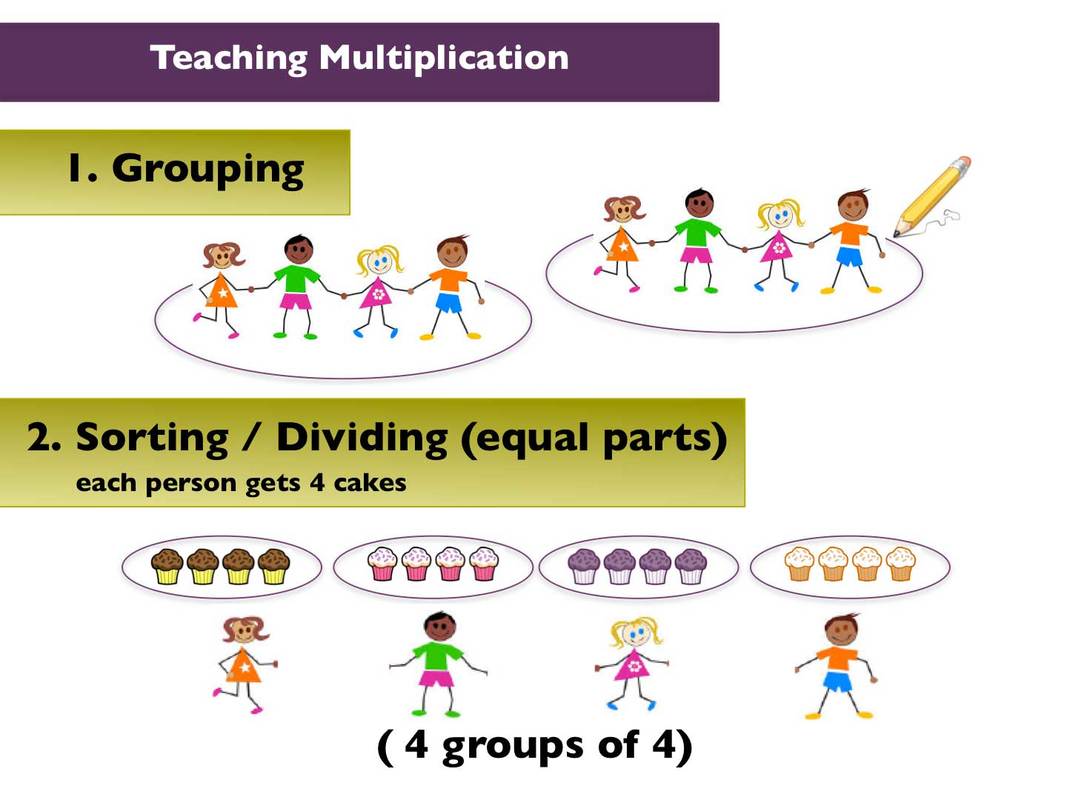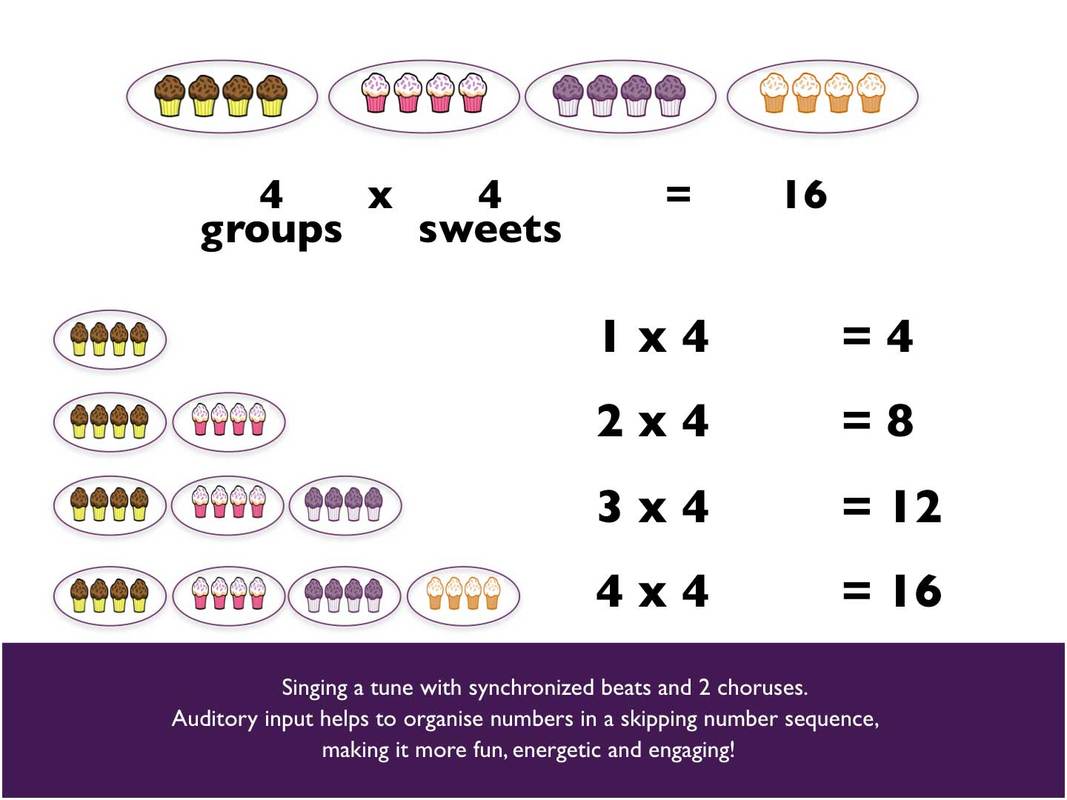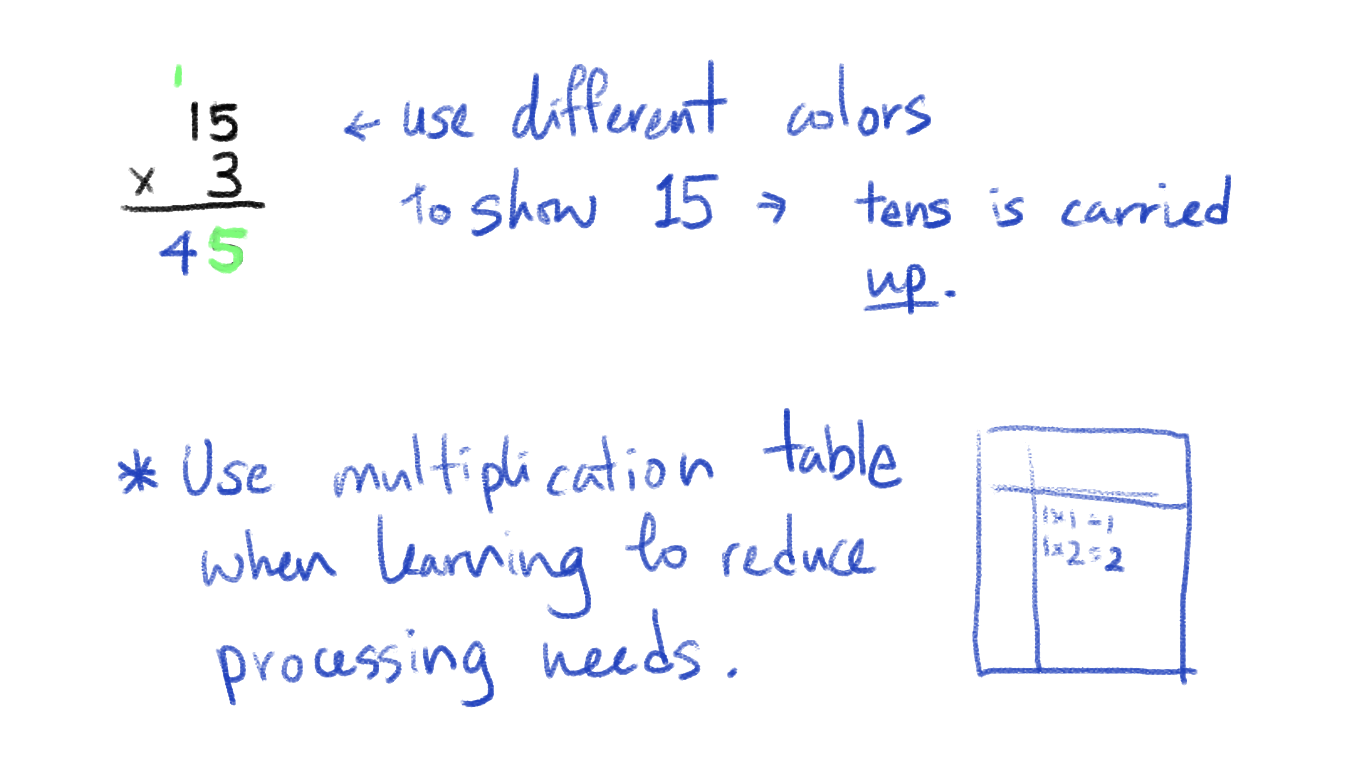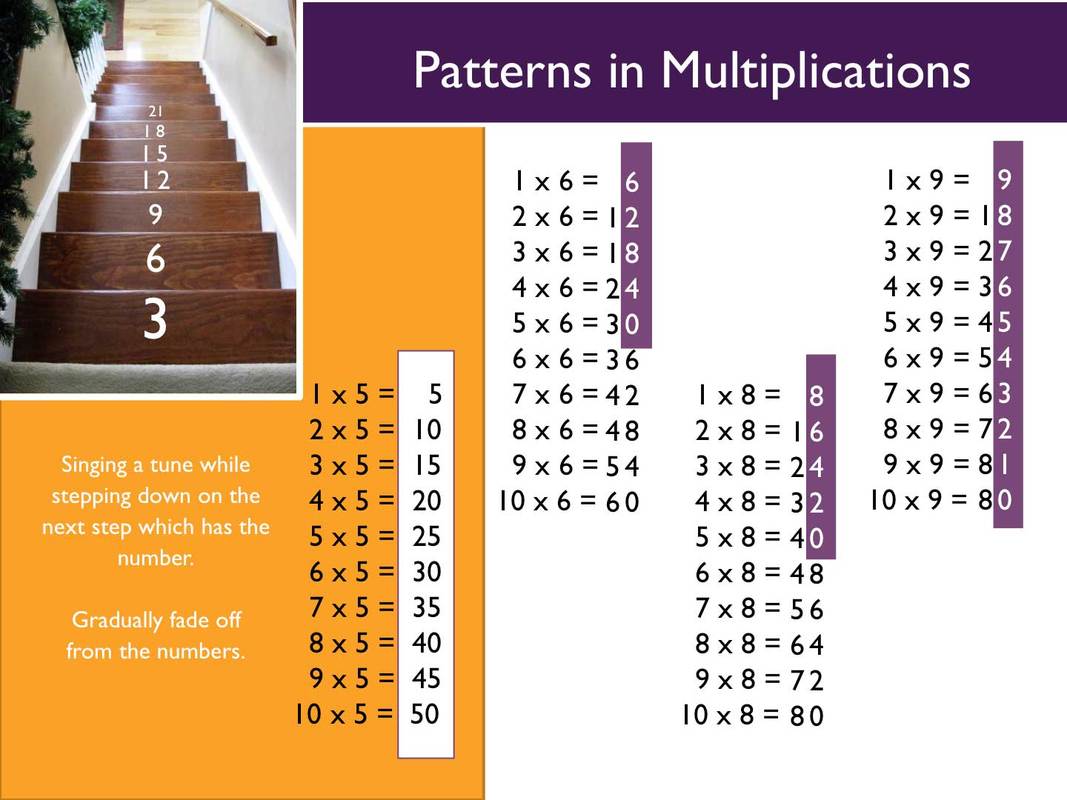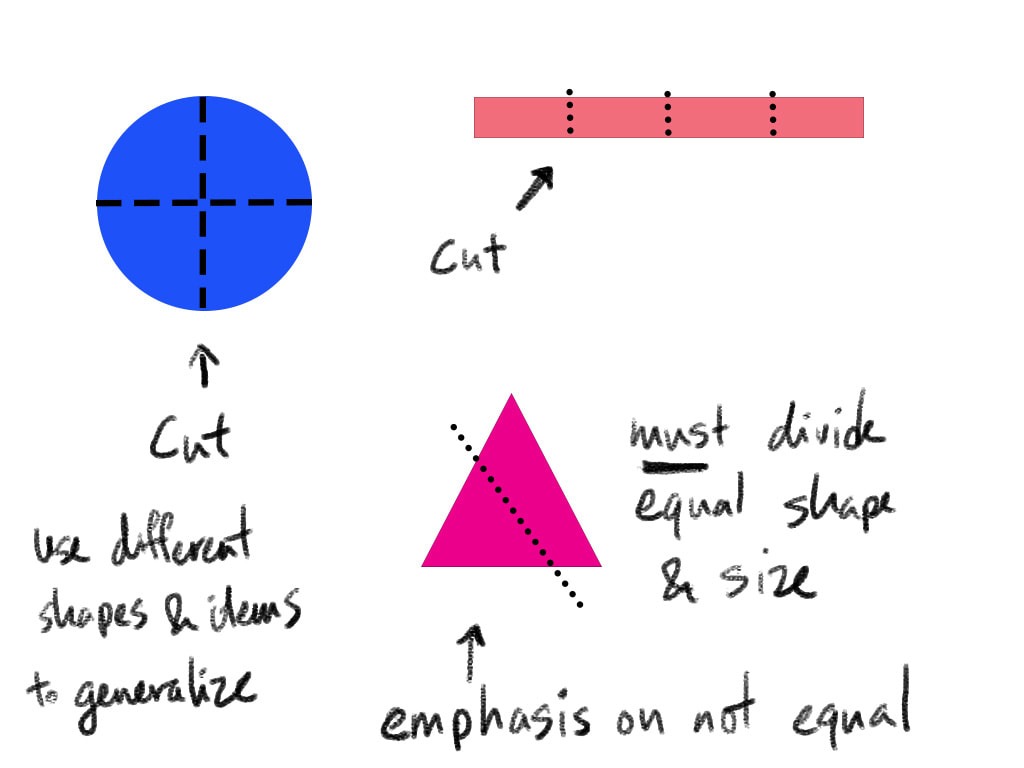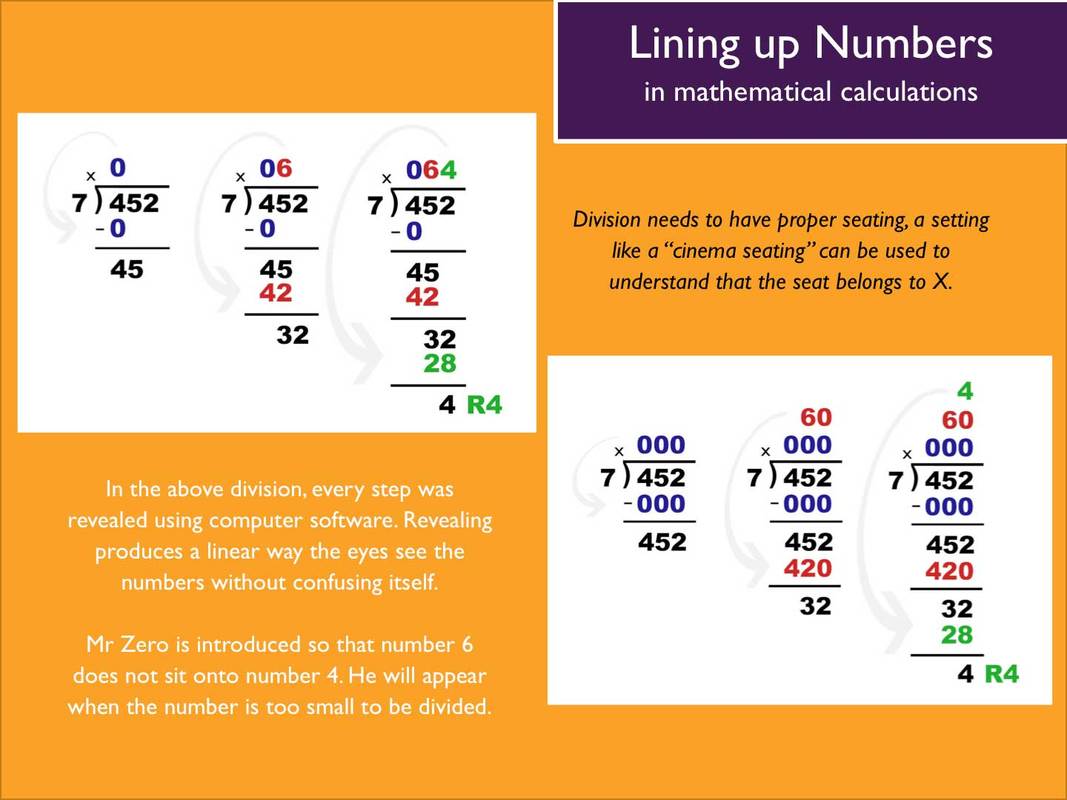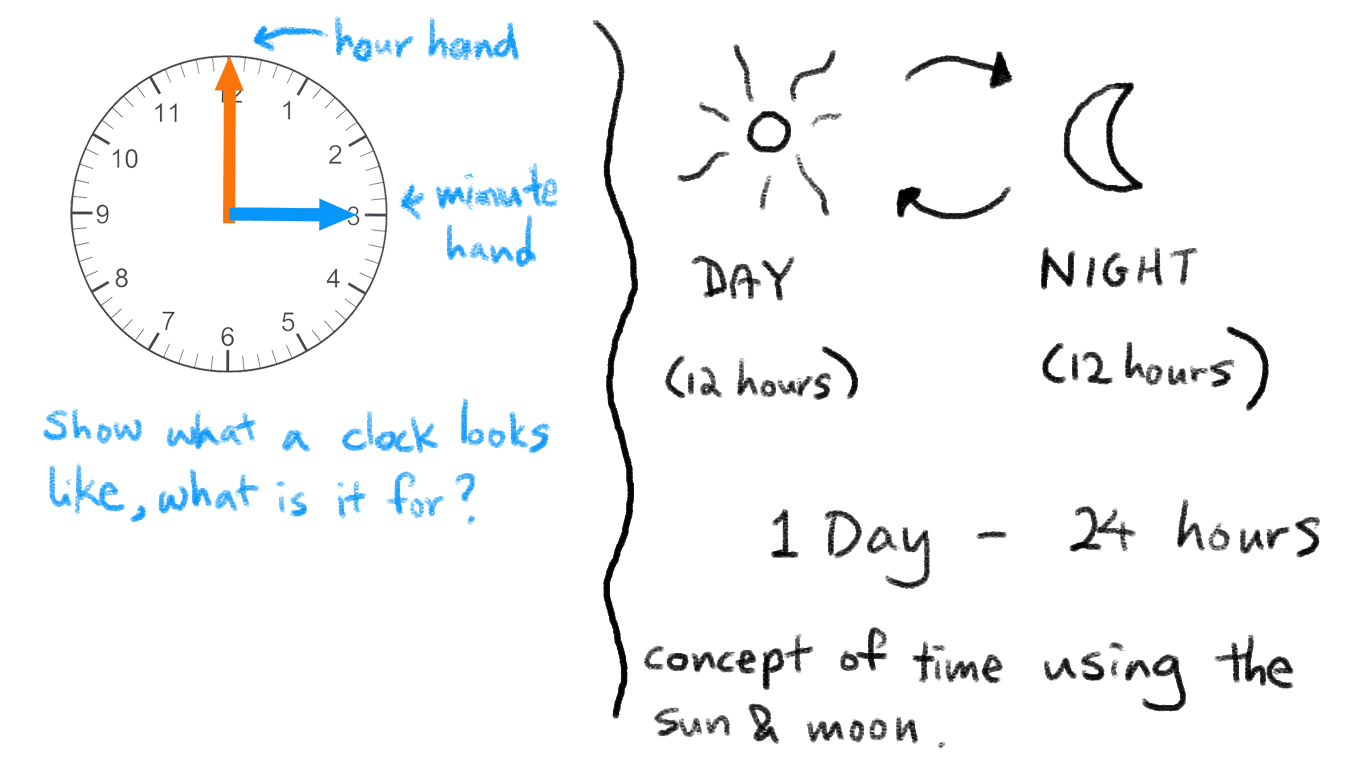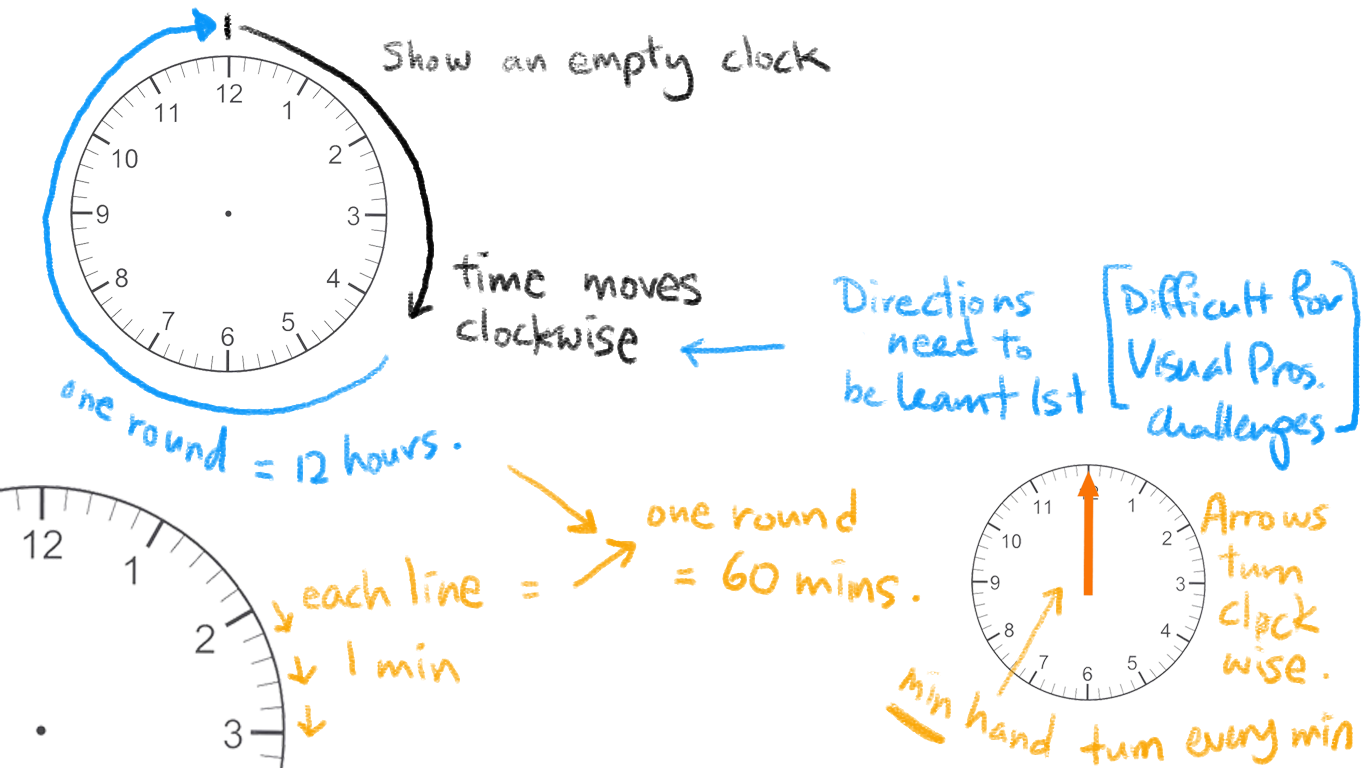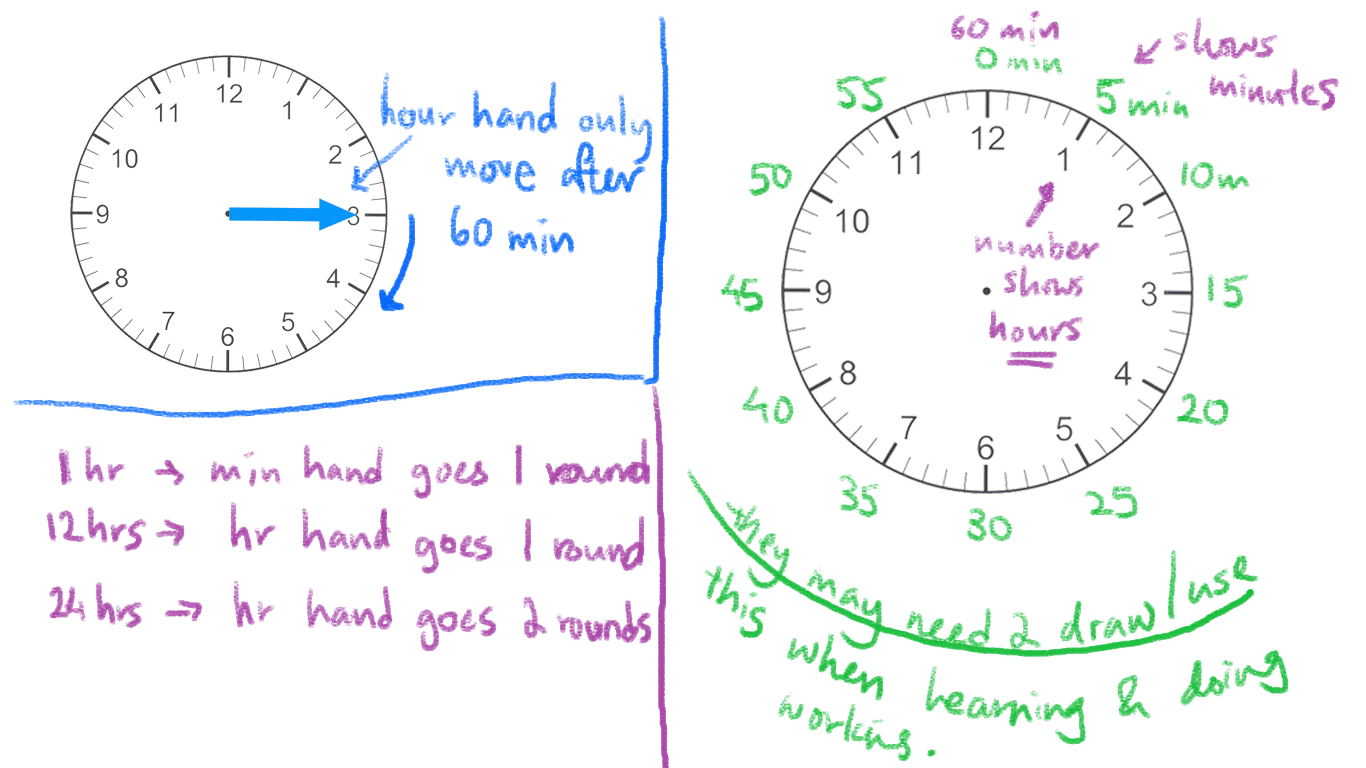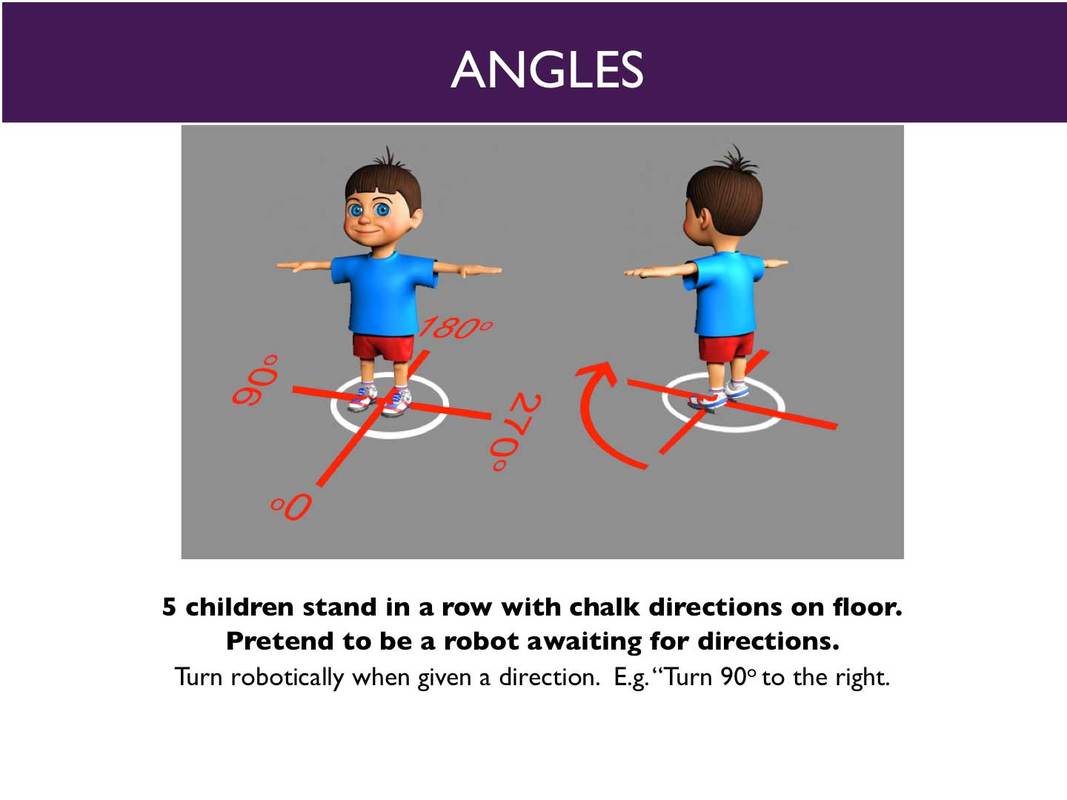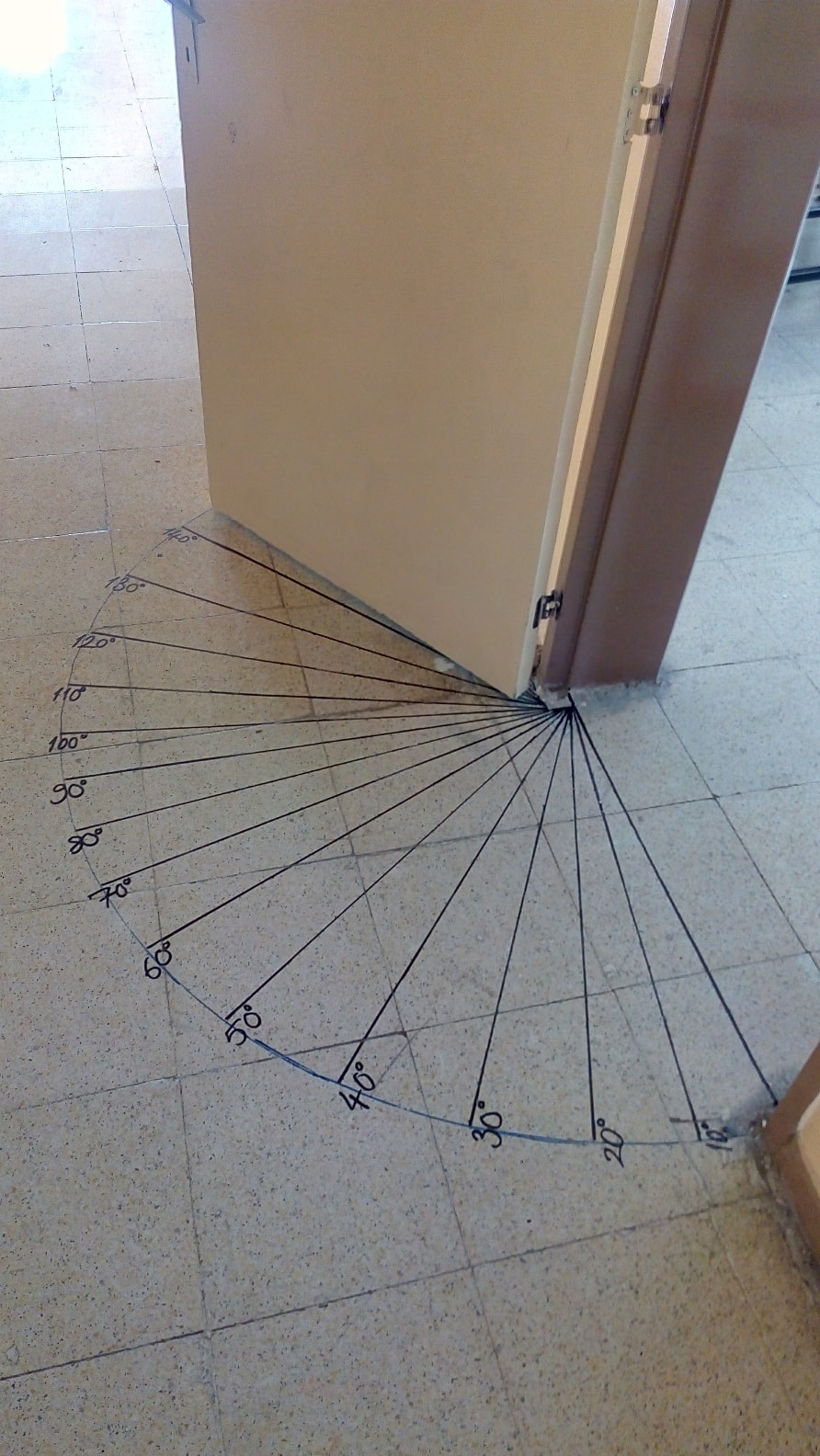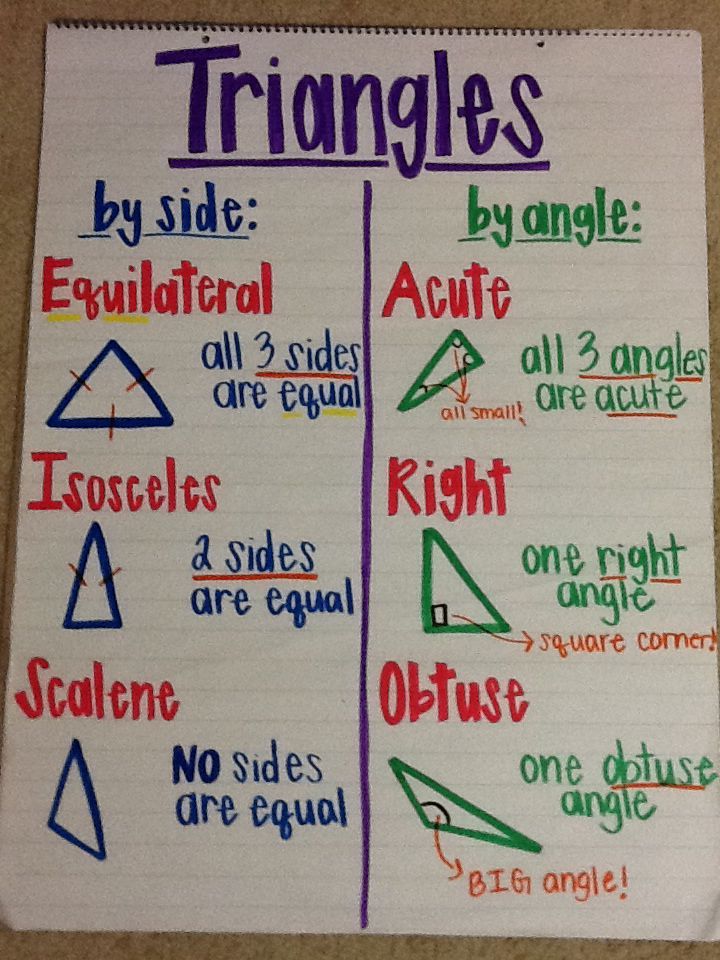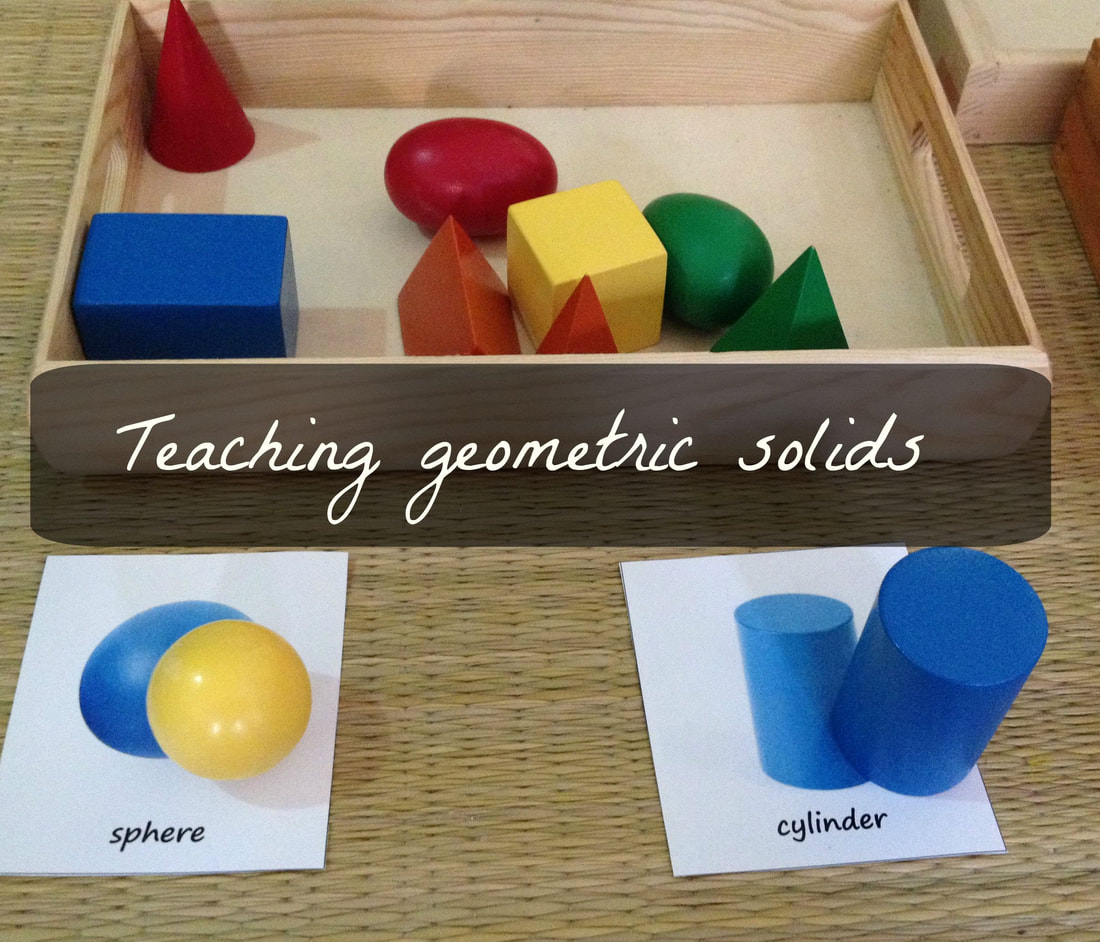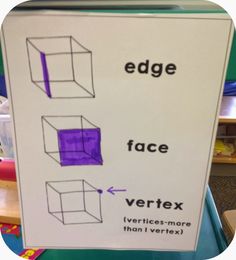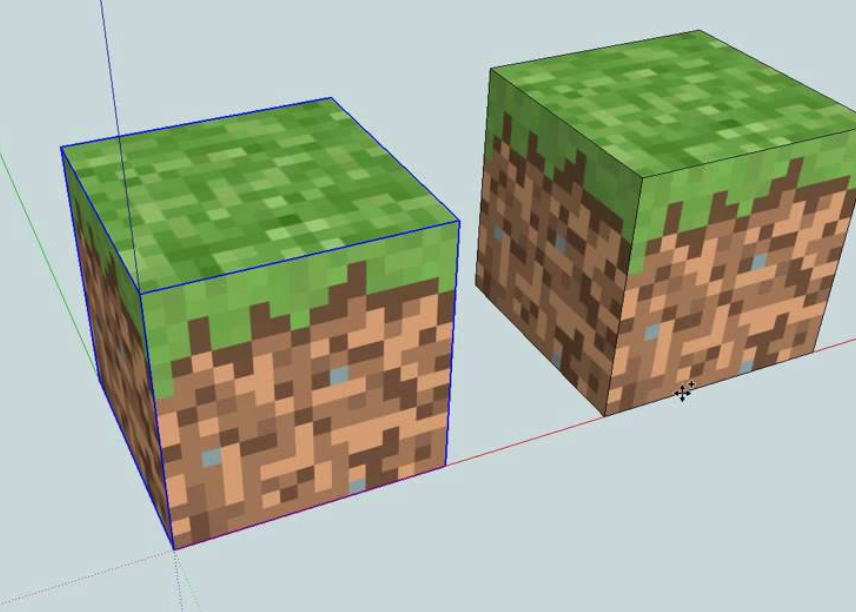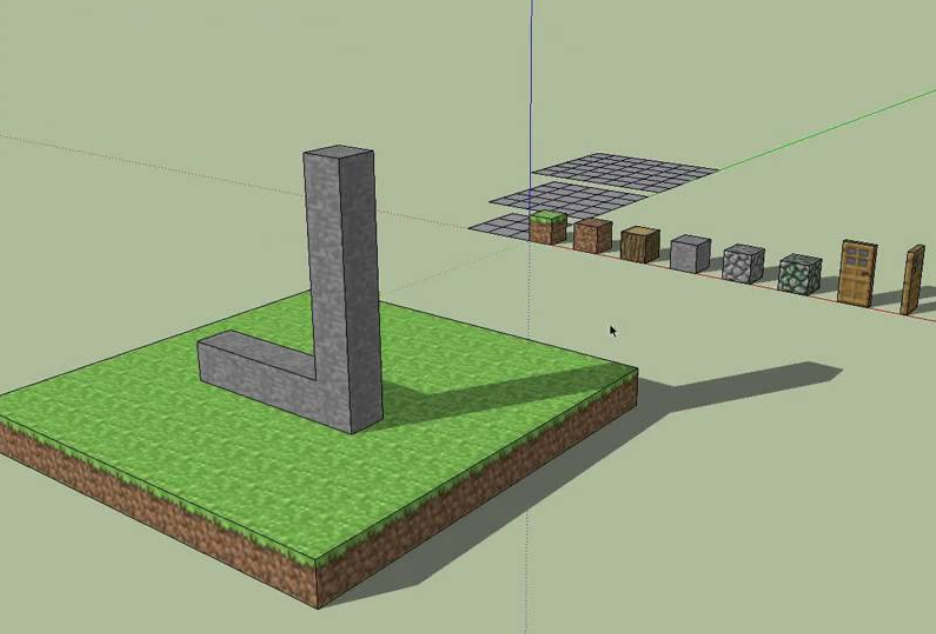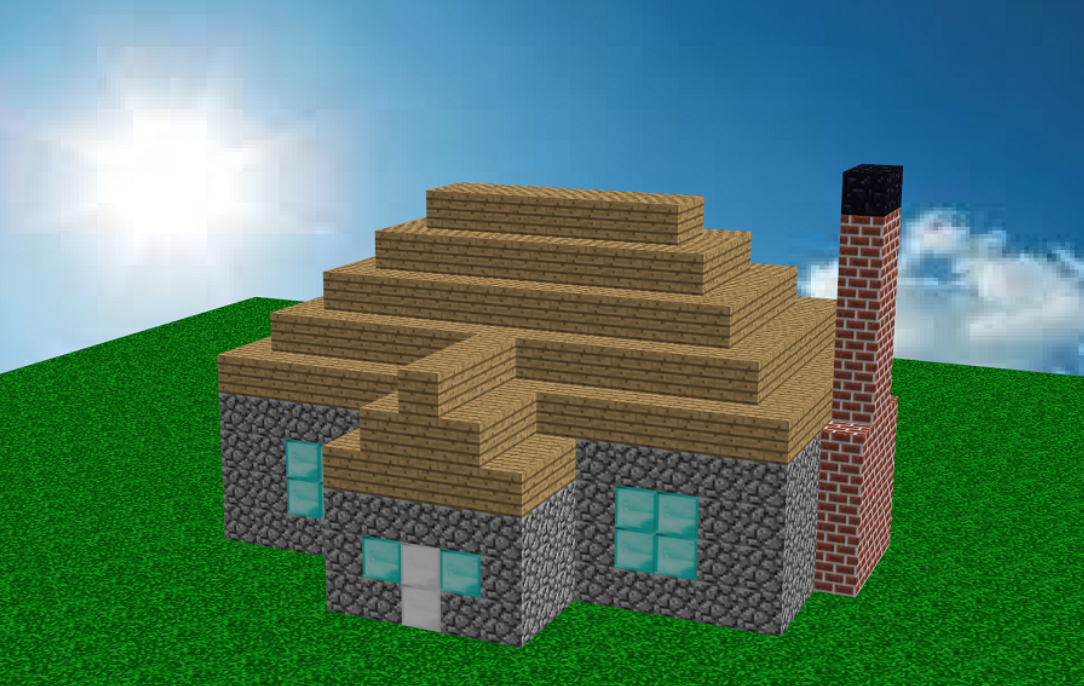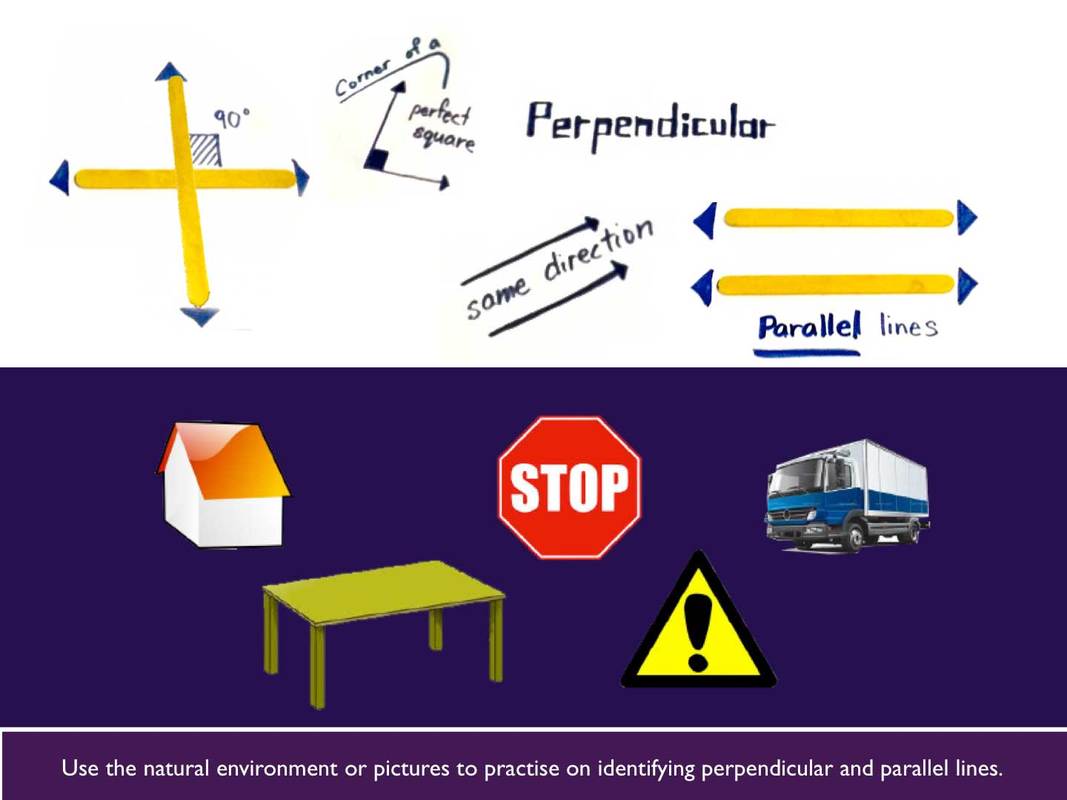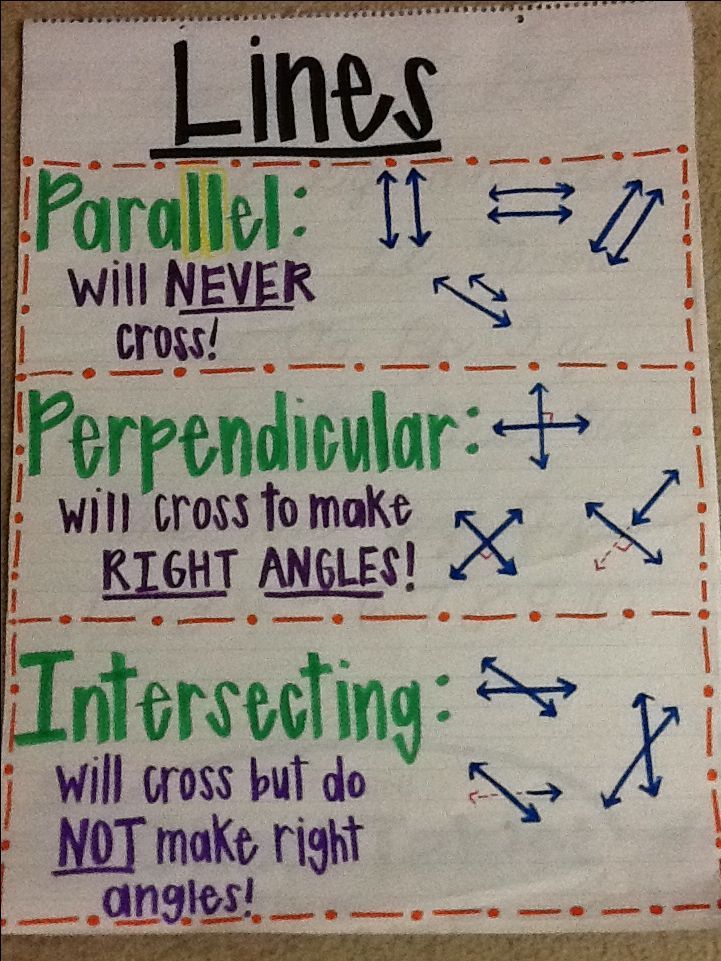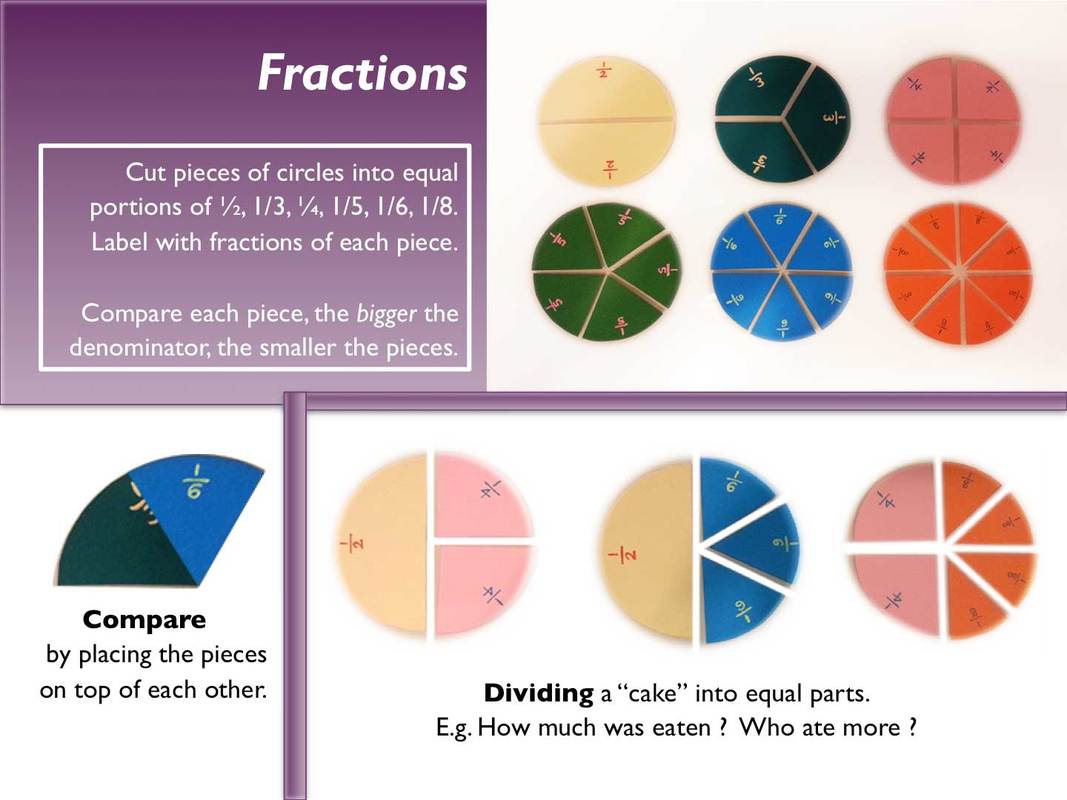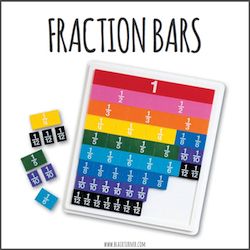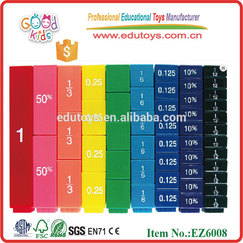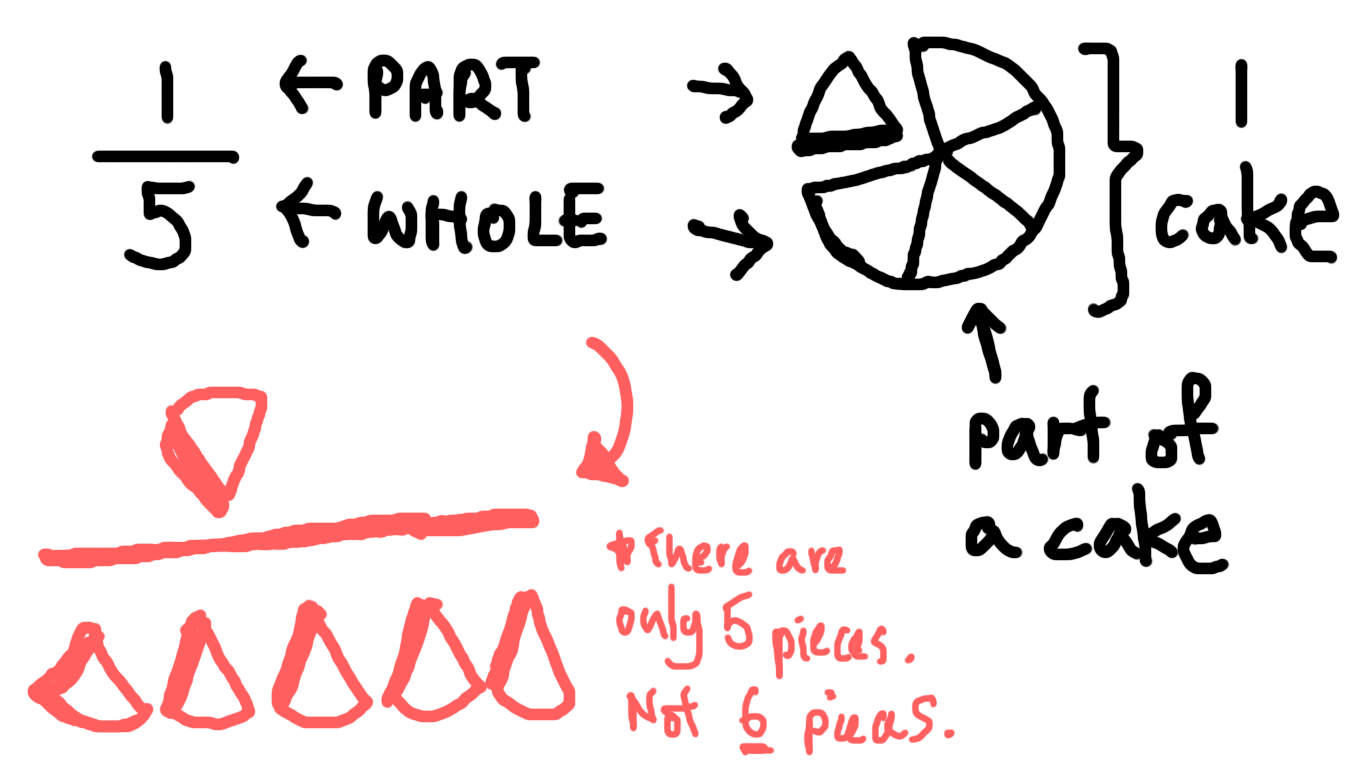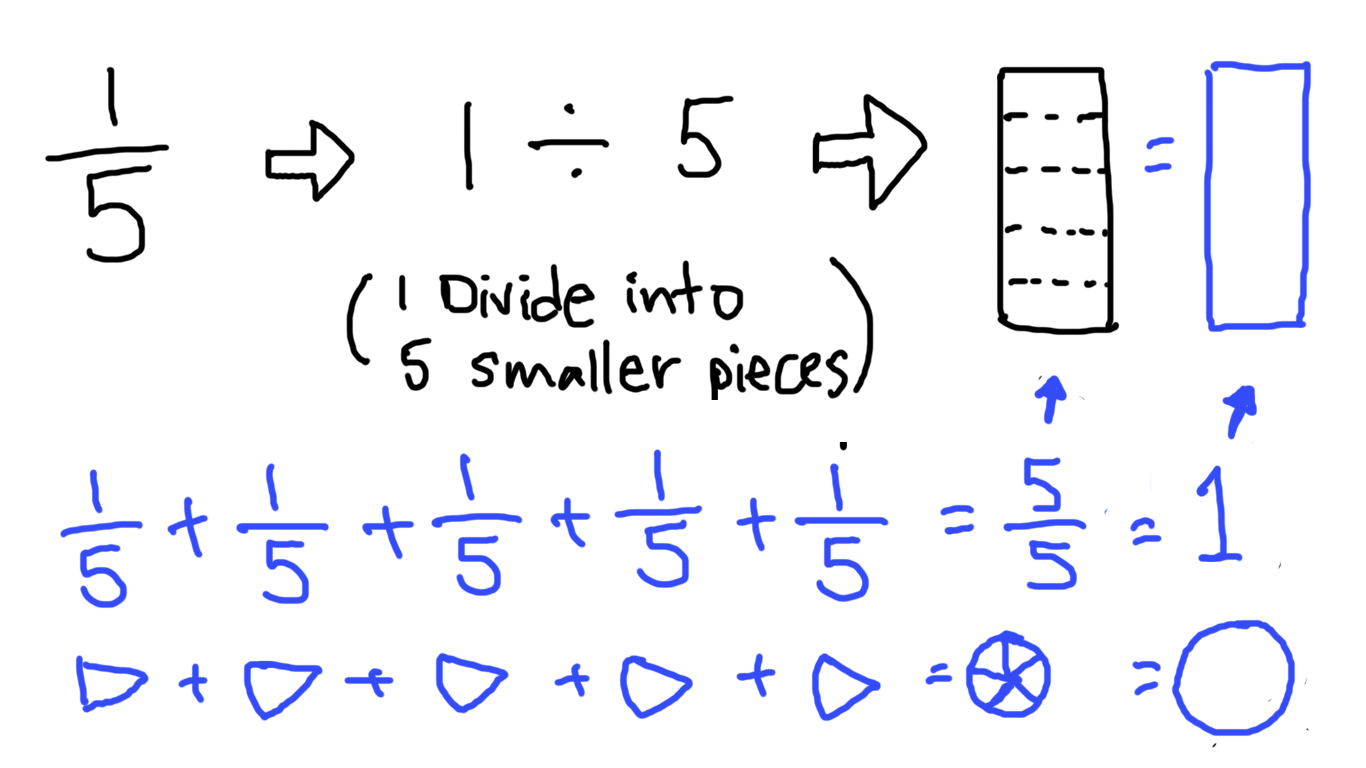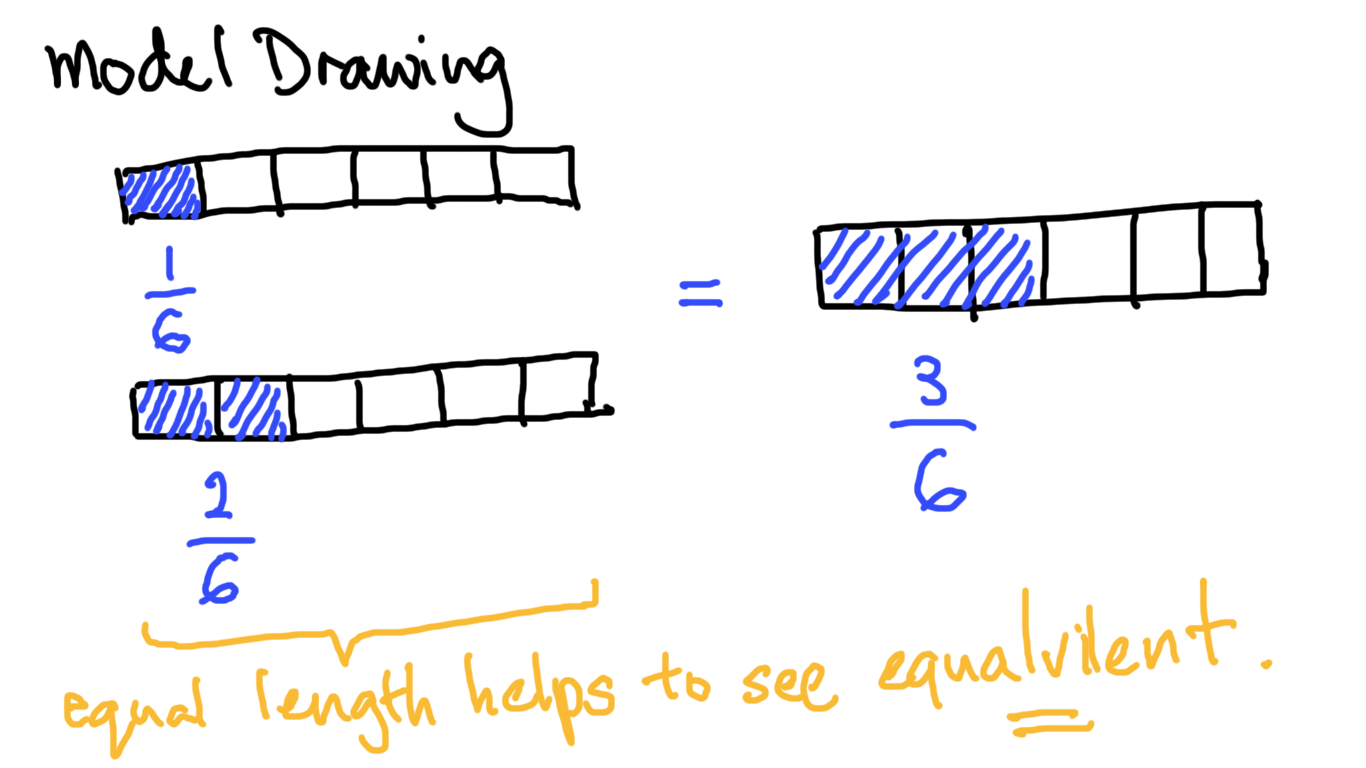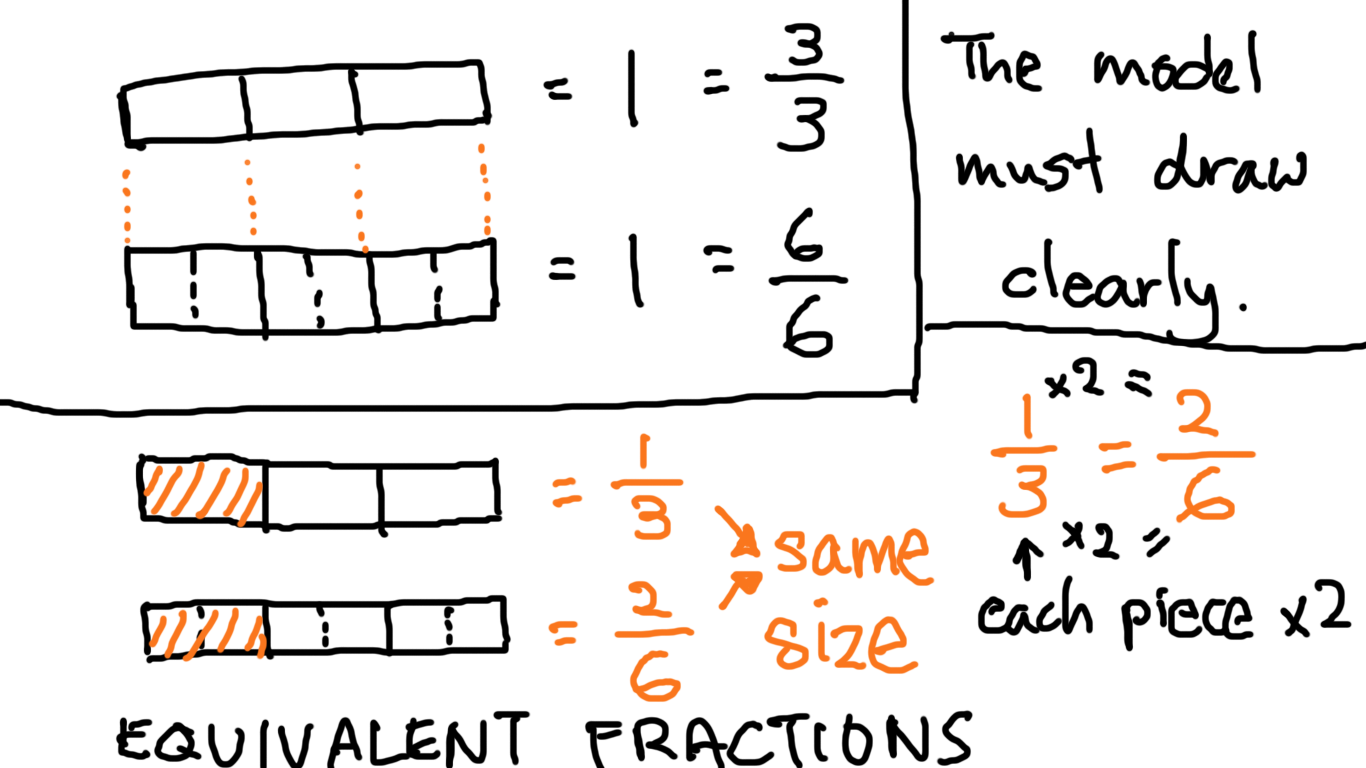Please DO NOT print out for DISTRIBUTION/ SALE or infringe copyrights. These are only used to share knowledge purposes.
Slow down. Don't rush. |
Math manipulatives help to strengthen concrete concepts and bring understanding to abstract numerals. |
Learning math can be Stressful! |
Note:
- Prior to learning math, the child must have been taught matching, sorting, comparing skills and differentiating similar items/ colours/ size & shape, as well as visual spatial word concepts such as below/above/top/bottom.
WHAT IS DYSCALCULIAHOW DOES VISUAL-PROCESSING AFFECT MATHReduce the clutter and focus only one question at a time by blocking out the others with paper. When individual masters the concept, slowly increase the number of questions. |
MORE IDEAS HERE!
|
HOW TO USE THIS PAGE:
|
Remember: CLICK ON THE PICTURES TO ENLARGE!
K1 - PRIMARY
|
Counting
Auditory memory helps to remember the sequence of numbers better, however it may not require any understanding for one-to-one correspondence. A child may learn to count via auditory rote memory thus may not be counting. In the beginning you might want to focus on (total number=physical quantity) of items in a group. Possible Challenges 4 Counting
|
Number Recognition
Using all modalities to learn through our senses can help to recognise the numbers better. Drawing on sand or in the air, dot to dot, feeling the direction helps to identify the abstract number on paper. After learning, try changing the number size, font, number color, unsequential trials, so that child is not rote remembering. Possible Challenges 4 Number Recognition
|
1-to-1
Correspondance This is not easy to be understood, as child needs to link the abstract number in correspondence to the total physical quantity. If child is rote remembering the number according to the color of the items, mix the colours up, use variety of items, to verify true correspondence. Use real life situations like 5 toys or 3 plushies to strengthen the count of total and tally to the numeric number. Possible Challenges 4 1-to1 correspondence
|
|
PLACE VALUE
It may be easy to teach numbers in sequential, but not so easy to teach place value. Because place value is a hierarchy representation of groups of items, adding up to create bigger numbers (with direction on a number line). A place value flip chart below is good to use to show how numbers grow. Be creative when it comes to reason what these places mean. In the beginning in order to represent bigger, you can compare in the instance of family structure where father is bigger than child. Each place value is a position (to the left - it grows bigger). Sometimes it may be confused with number line. That is why a more concrete representative may help this further. |
Place value with base-10 manipulatives, can easily be played and fixed together to form the next hierarchy place value.
10 ones make up 1 ten. Words like these can really confuse the child. Make it clear. That 10 of the yellow small squares make up 10 of them. They are regrouped to become one long green tens. Compare 10 of the yellow squares to 1 stick of the green ones, to show equal length. Again you need to be creative to explain very clearly why they are regrouped. As the child progress to another level, introduce another group (eg. thousand place value). Base-10 is very useful to support visualising how a 100 ones form 1 hundred. This will support fraction concept in future, (part-whole) Possible Challenges 4 Place Value
|
MATH SYMBOLS
are representations of an action to be done. Sometimes math language can be very abstract for learners, we must try to be clear using examples on what the signs mean and how they are used. For eg. Add means increase in quantity, but Sum means resultant amount in quantity. So the sum really means after you add in total how much it becomes. Divide means splitting up or regrouping into equal parts. It usually results in the number getting smaller. Child must be able to see these results via concrete representations. eg. divide to share a pizza with 4 friends. |
|
Number Line
Number Line gives an understanding for sequential placement (eg. 4 is after 3). Sometimes a child may find difficulty knowing what comes after or before the number given. Remember numbers may seem like a random code and may not directly infer to a value. It would be easier to first teach adding and subtracting, as the child will have a more visual clue of the position of the numbers as being bigger or smaller. In primary syllabus, the number line taught in books is represented very abstractedly immediately, so concrete representations may help to understand better. Below is an idea where child attempts to fill in the gaps where the number skips. GRAPHICAL - NUMBER LINE
It is crucial for the learner to realise that towards the right direction, the number gets bigger. If in reverse the number gets smaller. For dyscalculics, this perception is really tough. They need to perceive using concrete representations first. |
Adding & Subtracting
Child must prior understand - concept of big and small to concept of more and less. More and less can 1st be established by, eg. pouring in more liquid into a bottle; more and more toys in a bag; eat one sweet quantity gets lesser. Always start from concrete items to add or subtract. Eg. blocks or sweets. Below is a standard worksheet format to teach abstract adding and subtracting. Child may not immediately understand via this abstract route. Below is an interesting way to show number bonds and addition.
|
Number Bonds
Number bonds can be harder to grasp. Adding or subtracting must be established first. Use concrete manipulatives to show how different numbers add up to the same number. Preferably sequentially with color differentiator like below. Child must be taught to realise that these numbers are made up of the subset of numbers (part-whole quantity). Sometimes numbers bonds take a longer time to process and remember, because the numbers taught will get bigger. Those with lack of mental imagery may also need a longer time to learn this. When child moves to an abstract number bond worksheet and has trouble filling up the missing numbers in the equation, return back to physical form and guide the matching to abstract form on paper. |
|
TROUBLE WITH SHAPES
Complex shapes are made up of basic shapes. Sometimes this may not be easy to see if a child has Visual Processing Challenges. The child may not be able to discriminate between different shapes, it might all seem similar to one another. Try sensory drawing approach to carve out shape outlines. |
CUT-OUTS are concrete approach to see how things form together in physical form.
|
This 3D tool is very helpful for translating what the flat image looks like on paper.
Children with difficulty seeing in 3D space, is also having visual processing challenges. Once there is no 3D item, the flat item will be harder for the child to figure out how it looks like in physical form. Sometimes it takes a long time for this development to grow. You can also try playing 3D games, to help grow this visualising part. Eg. minecraft. |
|
SHAPES AND PATTERNS
Remember, for kids with visual processing, the more shapes there are on the paper, the more they need to process. Reduce clutter on the work. Keep things simple and clear. |
SHOW IN DIFFERENT DIRECTIONSIt is not automatic translation when you present the shape on paper for learning.
Cut out the shapes or use shape manipulatives, rotate them in physical 2 dimensional space. This helps the child to discriminate repeated shapes but in different directions. Sometimes it is hard to discriminate if the shapes are of different sizes and different directions. Always TURN THE PAPER to help the child see the shape in different directions. |
When a child experiences difficulty,
|
|
MULTIPLICATION
As this requires a lot of mental imagery, using lifestyle items can help to relate better. Don't assume its easy concept because it's really not. For a start, teach grouping of similar numbered items as if you are packing for an outing and giving the packets to the children. Eg. 1 bag of sweets of 4. Translate this to pictorial representation slowly. Circle the bag of 4 sweets to represent a group. Multiplication is a concept where groups of the same number is added on repetitively. |
REMEMBER TO ALSO SHOW CONCEPT - multiply means the groups increase, so the total number of items gets BIGGER & BIGGER.
Slowly, progress to show charts like these, for child to see patterns. If you notice the 1st order is base one group, and the 2nd is the number of items in the group. Keep it consistent at first for grasping concept easier.
Create stories like factories making the same item repetitively, it would be impossible to count if we calculate them individually. This allows child to understand why do we need to use multiplication to make counting faster. |
When learning multiplication tables, the concept of the grouping must be understood first. Use other sensory modalities to help remember patterns in sounds and visuals. They help to remember abstract number patterns faster.
These above patterns can help to create better memory as well. For 5xtables, its always increasing in 5s and 0s, and tens in doubles. For 6 and 8xtables, its always repeating the same after 5 rounds (62840). For 9xtables, its practically reversing back to 0. Not all children are able to see numbers as items, to them it may forever seem like codes. Draw out concepts whenever child gets confused again. Reinforcing using visuals can help with this mental imagery struggle. |
|
DIVISION
Division - Means to Split into smaller groups.
SHOW CONCEPT CLEARLY - of Equal number per group. - of Numbers in group gets SMALLER & SMALLER if divided into more groups. Again you can use Pizza concept - Divide a pizza into the number of people who is eating it. Or Packets of sweets to the number of people in a class. This is the opposite of packing more packs in MULTIPLICATION topic. |
FOR WORKING:
Emphasize on seating. Below is a different way of doing working. For some individuals, it is hard to have nothing so a zero is placed. Until they understand number groups and number bonds better for multiple groups, then the zero will slowly wean off. |
|
MONEY & TIME
Show clearly 10 10 cents, make up 1 Dollar.
Sometimes even 10 cents cannot be grasped clearly. Below you will notice, using dots to represent 1 cent. And 10 1 cents make up 10 cents. So 10 groups of 10 1 cents make up a dollar. This helps them to visualise better. |
IT IS VERY HARD
|
|
It can take months to years to feel time better.
Try to watch the clock without doing anything, watch the seconds pass by in a few situations. 10 second - how fast it goes by 60 seconds - how fast it goes by 5 min - how fast it goes by 15 min - how fast it goes by After that do the same when playing. After that do the same when doing work. Each situation will not feel the same. You may need to keep coming back to help the individual feel time with practise. |
Visuals Help to perceive Time better.
|
More About TimeIn later years, they will be taught the time-line. This really helps the individual to use it as working. Even for advanced levels, because it helps them process faster. Allow the individual to use these model drawing of time-line always.
|
AnglesAn individual who has visual-spatial challenge, needs a whole body approach to seeing angles. Involve yourself, to rotate in 90degrees, involve the individual to rotate and perceive using their own body.
This will also affect their left and right perception. You can also use this opportunity, to make them realise your left, and his left, will change once we face each other. Sorting directions out will help the individual grasp angles better. |
Then once the individual can grasp the direction in space, you can zoom into angles on a paper. NOTE: Previous example is 3D. Now its completely 2D. So need to be very clear about explaining this.
You need to show 1 dimension, 2 dimensions, vs 3 dimensions. |
DIMENSIONS
|
Even with graphic like this, an individual with visual-spatial issues, cannot actually generalise in real life. So besides showing pictorial representation, we need to use concrete materials.
|
In this diagram, you can see a dot. There is no left no right. There is no point of reference of any direction. In the 2nd picture, it is a line. Which exists in 2 dimensional space.
HOW TO SHOW 2-Dimension Now lets pause. If you have a piece of paper, you place it on the table. You put your head next to the table until the paper is almost out of sight from your view. Where you are only able to see almost a line. This SIDE VIEW is very important for visual-spatial awareness. This view accurately shows how a 2D item truly is in 2D space. There is no extrusion or height to show the 3rd dimension. Next put the head right on top of the paper. You will see the TOP VIEW of the paper. That is how 2D shapes are viewed on paper. |
In the 3rd dimension, there is a extrusion or height coming out from the FACE of the SQUARE. This is represented by a drawing of a CUBE.
One Face can only be seen on the 2D square. But a 3D square you can count a total of 6 faces. Use a block to play and demonstrate. Visual-spatial challenges will affect the individual perceiving the cube on paper. Most of the time, if you draw the transparent dotted lines, it might mess up the individual's view. Because the visual he/she perceives suddenly affects the eyes, and confuses them. They might still see 2D space and no 3D value or perception from a CUBE drawing. Try to use a lot of blocks and concrete tools to practise. |
Using 3D GAMES to help with visual perception
|
3D Games like MINECRAFT, can be used in education. Since they are all made up of squares, this can greatly help one understand better, since you can rotate your view in 360 degrees to see one block. One Shape. One item in 3-Dimensional view. Open up your minds because actually in future, you can even use this to teach area, volume, patterns, etc.
|
ANGLES AND LINES
|
Again, the perception of perpendicular and parallel concepts, needs directions and ability to grasp 2D and 3D space items.
Use the things around, eg. crisscross window grille, to show perpendicular lines, or parallel lines. Perpendicular - 2lines meet with 4 right angles. Parallel - 2 lines will never meet. |
FRACTIONSFraction is probably going to be quite hard to teach. An individual may get confused with the concept very easily once they see the sign or the split in numbers.
First use play to teach the idea of (PART OF A WHOLE). Eg. one slice of cake is part of a whole cake. Key Words PART & WHOLE will appear in the syllabus very often. And this concept must be taught first. The learner may struggle to see how the fraction itself is part of a whole number. Even with the manipulative above. So the fraction number needs to be reasoned.
|
This manipulative is very useful because it rotates to show other topics that will be associated in future such as decimals.
The actual manipulative will look like this. It rotates to reveal other parts of a whole.
|
Model drawing will help individual better. An individual who has difficulty with multiple steps, need to start from 1 step problem with model drawing. Do not put 2 steps until he/she is ready. A lot of questions might not need this drawing, but its best to always draw to build foundation.
Equilvalent fraction will be very complicated for a learner. Because of the overload of numbers and lines. Now with added model drawing. They may get confused that the two fractions are actually the same thing. Lots of guidance is needed. Use manipulatives to help bring touch sight and sense together.
|
Online Math Resources
#AumSum - Perimenter
Please DO NOT print out for DISTRIBUTION/ SALE or infringe copyrights. These are only used to share knowledge purposes.
This resource site includes inclusive services for all types of professionals. The reviews are from parents who shared their positive experiences with them. Do note that every individual is unique, and not every service provider is one size fits all. Negative feedback will not be displayed but do contact us if you feel that there are concerns, and we will decide to review for removal on a case-by-case basis. If you have come across any inclusive services that could benefit another family do contact us to place their services for other parents to find. Thank you people :D
Facebook Advocacy:
(Updated events and sharings will be also available at
www.facebook.com/ANeurodiversityRoadOfLoveSg/
This resource site includes inclusive services for all types of professionals. The reviews are from parents who shared their positive experiences with them. Do note that every individual is unique, and not every service provider is one size fits all. Negative feedback will not be displayed but do contact us if you feel that there are concerns, and we will decide to review for removal on a case-by-case basis. If you have come across any inclusive services that could benefit another family do contact us to place their services for other parents to find. Thank you people :D
Facebook Advocacy:
(Updated events and sharings will be also available at
www.facebook.com/ANeurodiversityRoadOfLoveSg/
Copyright © 2017 NEURODIVERSE INCLUSIVE CENTRAL E-NETWORK . ALL RIGHTS RESERVED
